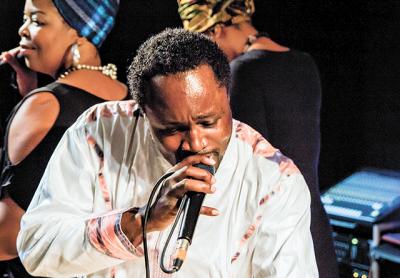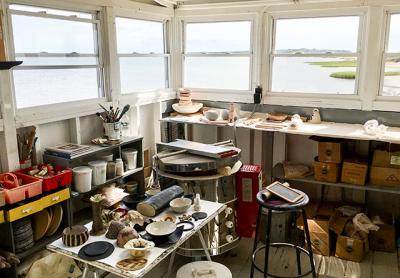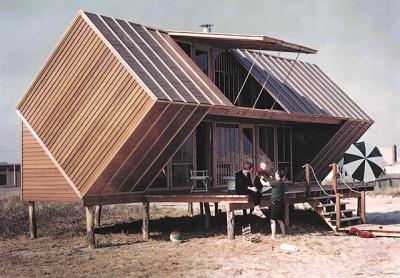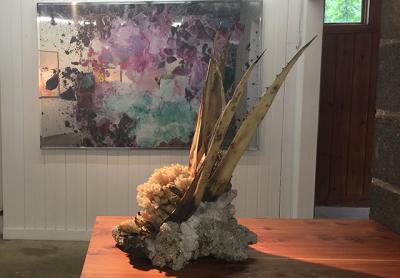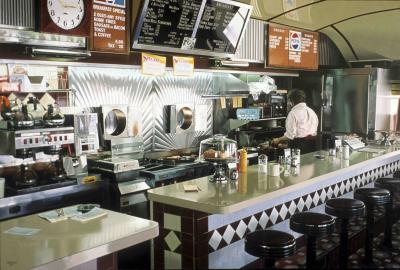Fun for Everyone at Discover Watermill Center Day
Fun for Everyone at Discover Watermill Center Day
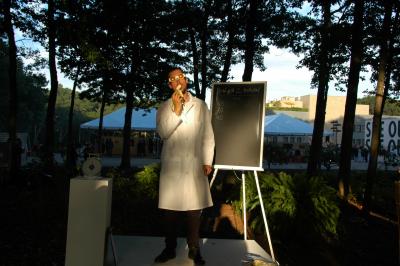
The Watermill Center will open its doors Sunday from 3 to 6 p.m. for an afternoon of art installations, performances, workshops, tours, and family activities both inside the center and on its eight-and-a-half landscaped acres. “Discover Watermill Day 2017” provides an opportunity for the East End community to meet and see the work of artists from more than 30 countries who are participating in the center’s International Summer Program. Admission is free, and reservations are not required.

